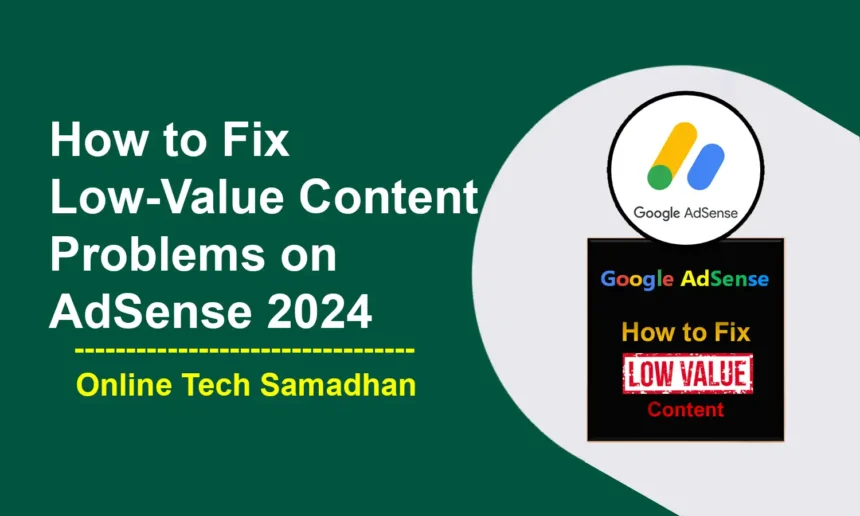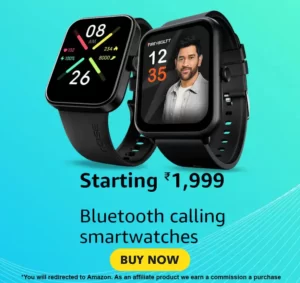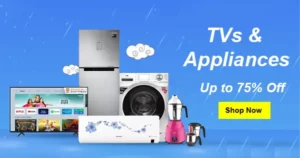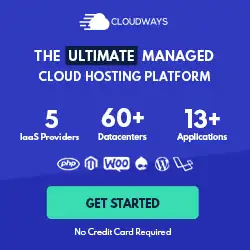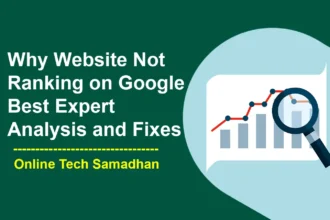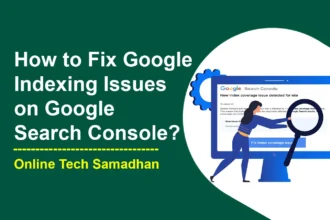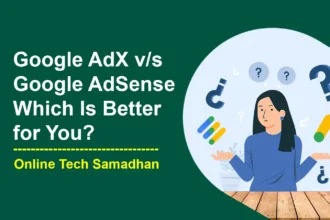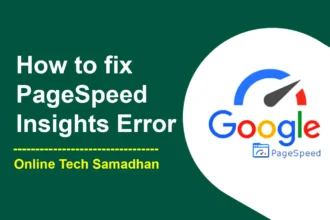How to Fix Low-Value Content Problems on My New Website?
Google AdSense is a popular way for website owners to earn money by displaying ads. However, sometimes, you might encounter a problem called “low-value content.” This means that some of the pages on your website aren’t as helpful or interesting as they could be. In this guide, we’ll explore How to Fix Low-Value Content Problems on Google AdSense 2024, why it’s a problem, and most importantly, how to fix it so you can maximize your AdSense earnings.
What is the Low-Value Content Problem on Google AdSense?
Google AdSense says low-value content is when pages don’t have much good stuff for users. It means they’re not helpful, interesting, or unique. They don’t give people what they need or want, and that’s a problem. These pages don’t offer solutions, cool ideas, or fun experiences. That makes users unhappy and makes it hard for ads to fit in well.
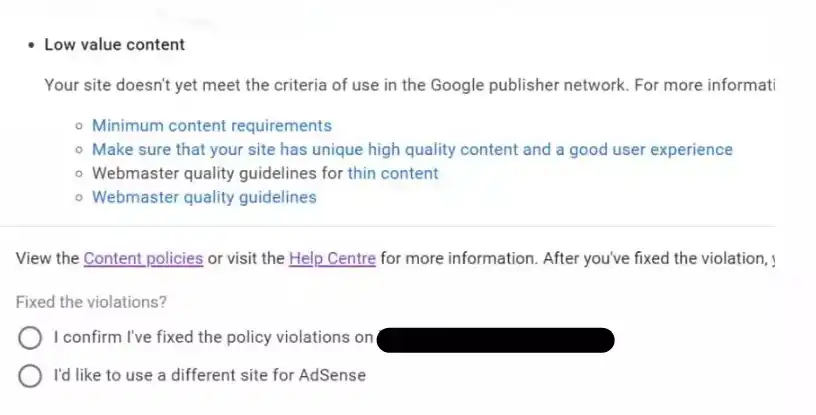
Impact of Low-Value Content on AdSense in 2024
Here’s how low-value content can mess with your AdSense game in 2024:
You May Love To Read
- How to Remove Search Labs from Google Search a Quick Guide 2024
- FASTag KYC Update Online Under Deadline by February 29, 2024
- Best SEO Kya Hai aur Search Engine Optimization Kaise Kare?
- How to File a Wrong UPI Transaction Complaint Online 2024
- How to Retrieve Lost Aadhaar Number Without a Linked Mobile Number
- Google AdSense Approval Rejection: Your AdSense dreams may crash and burn if Google spots too much low-value content on your site.
- Reduced Earnings: Those low-value pages might not show many ads, meaning less cash in your pocket.
- Restricted Ad Placement: Even if ads do pop up, they might not be in the best spots, leading to fewer clicks and less money.
- Account Warnings and Bans: If Google keeps seeing low-value stuff on your site, they might slap you on the wrist or even kick you off AdSense entirely.
- SEO Ranking Downgrade: Your site might tumble down in Google searches if it’s full of low-value content, meaning fewer visitors and less ad dough.

Why Are You Getting Low-Value Content Problems on AdSense?
Here’s why you getting low-value content trouble on AdSense:
- Thin Content: Pages that are too short and don’t say much, like a snack without much flavor.
- AI-Generated Content: Using robot-written text without a human checking it over to make sure it’s good and makes sense.
- Aggregated Content: Putting together stuff from different places without adding anything new or interesting.
- Copied Content: Stealing stuff from others or changing it just a bit, which is like cheating and not cool.
- Clickbait Headlines: Tricking people with flashy titles that promise a lot but don’t deliver the goods.
- Keyword Stuffing: Shoving too many keywords into your content, makes it hard to read and annoying.
- Poorly Structured Content: Making a mess of your pages, with no clear order or headings to help people find what they need.
- Category without Content: Having sections on your site with no posts, is like having empty shelves in a store. That may lead to low-value content errors on AdSense.
- Outdated or Irrelevant Content: Stuff that’s old news or just not interesting anymore, like last year’s birthday cake.
- Limited Multimedia: Not using enough pictures or videos to spice up your content and keep people interested.
- Poor User Experience: Making your site a pain to use with slow loading times, broken links, or ads that pop up everywhere. That’s like inviting people over but leaving your house a mess!
- Missing Useful Pages: Due to missing necessary pages like the About page, Contact page, Privacy Policy, and Terms of Service you will get a rejection.

How to Check Low-Value Content Using Low-Value Content Checker?
Step 1: Check Your Content Yourself:
Take a good look at what you’ve written and ask yourself:
- Does it answer a specific question or help with a problem?
- Is it something people would search for?
- Is it easy to understand and well-written?
- Does it stand out from similar stuff online?
Step 2: Compare to Your Best:
Look at your most popular pages and see what makes them so good. Then, try to make your not-so-good stuff more like them.
Step 3: Using Online tools
Use online tools like Readability Checkers, AI Detection, Plagiarism Checker, and Grammer Checker to check your Content Value.
How to Fix Low-Value Content Problems on Google AdSense in 2024
If you’ve been rejected by AdSense due to low-value content, it can indeed be frustrating, but fear not! Here’s a comprehensive roadmap to help you address this issue and improve your chances of approval. Let’s explore How to Fix Low-Value Content Problem:
You May Love To Read
Step 1: Diagnose the Problem: Become a Content Detective:
Thin Content: Evaluate if your pages lack substance, with less than 300 words and minimal details. Enhance them by adding thorough research, examples, and engaging visuals.
Copied Content: Check if you’ve heavily borrowed content from others. Rewrite it in your own words, ensuring originality, and credit sources if used.
Irrelevant Content: Ensure your website stays focused on its niche. If your content strays, refocus it on topics relevant to your website’s theme.
AI-Generated Content: Review AI-written content for accuracy and natural language flow. Inject human touch and verify factual correctness.
Poor Structure: Assess if your content suffers from messy formatting, lack of headings, or readability issues. Improve organization and readability for a better user experience.
Clickbait Headlines: Evaluate if your headlines promise more than your content delivers. Ensure honesty and provide genuine value to your audience.
Step 2: Fix and Revamp: Content Makeover:
Expand Thin Content: Add depth and substance to your content with detailed information, research findings, examples, and multimedia elements. Aim for 300-500 words per page.
Rewrite Copied Content: Rewrite borrowed content using your own words while crediting sources properly. Employ plagiarism checkers like Copyscape to ensure uniqueness.
Restructure Irrelevant Content: Remove or revamp content that doesn’t align with your website’s niche. Redirect users to relevant pages within your website.
Edit AI-Generated Content: Humanize AI-generated content by verifying accuracy, ensuring originality and refining language to sound more natural.
Improve Structure: Enhance the organization of your content with clear headings, subheadings, and bullet points for better readability and navigation.
Fix Clickbait: Revise misleading headlines and ensure that your content delivers on the promises made in the titles.
Create Useful Pages: Always create necessary pages like the About page, Contact page, Privacy Policy, and Terms of Service that are very Important.
Remove Empty Category: Remove the Post Category which has none any posts or content. Before Applying Adsense make sure there have any Empty Category.
Step 3: Prioritize User Experience: Website Makeover:
Fast Loading Times: Optimize your website’s loading speed by compressing images, optimizing code, and leveraging caching techniques. Utilize tools like Google PageSpeed Insights for performance recommendations.
Mobile Friendliness: Ensure that your website is responsive and functions seamlessly across various devices. Verify its mobile-friendliness using Google’s Mobile-Friendly Test.
Balanced Ads: Maintain a balance between advertisements and content to ensure a positive user experience. Adhere to Google’s Ad Placement Policies for optimal ad placement.
Clear Navigation: Facilitate easy navigation for users with clear menus, search bars, and internal linking structures to help them find content effortlessly.
Step 4: Stay Informed and Up-to-Date: Knowledge is Power:
Google Search Central Blog: Stay abreast of official updates and recommendations for quality content and SEO practices.
Google Webmaster Guidelines: Adhere to Google’s guidelines for ethical website management and user-centric content creation.
Google AdSense Help Center: Stay updated on AdSense policies and best practices to comply with their requirements.
Industry Blogs and Resources: Stay informed about industry trends, successful strategies, and evolving search engine algorithms to adapt your content strategy accordingly.
Bonus Tips: How to Fix Low-Value Content Problem
Target Your Niche: Tailor your content to cater to the specific interests and needs of your target audience for a Unique Niche.
Have a website active for 6+ months: Establishing a longer online presence helps build trust and credibility with your audience.
Publish regular, fresh content: Consistently updating your website with new content keeps visitors engaged and encourages return visits.
Use high-quality images and videos: Incorporating visually appealing multimedia enhances the overall experience for your audience.
Follow SEO best practices (meta titles, H1s, alt text, etc.): Optimizing your website with proper meta titles, H1 headings, and alt text for images improves search engine visibility.
Connect social media accounts to build credibility: Integrating social media accounts allows you to reach a wider audience and establish credibility through social proof.
Use a clean layout with readable fonts and spacing: A clean and organized layout with easy-to-read fonts and appropriate spacing enhances user experience and readability.
Submit XML sitemaps and add your site to Search Console: Submitting XML sitemaps to search engines and adding your site to Google Search Console ensures proper indexing and optimization for search engine visibility.
Showcase Expertise: Highlight your expertise and provide unique insights and perspectives to establish credibility.
Embrace Storytelling: Engage your audience with compelling narratives and personal anecdotes to make your content more relatable and memorable.
Mobile-First Design: Prioritize mobile usability and readability to cater to the increasing number of mobile users.
Track Your Results: Utilize analytics tools to monitor user engagement, traffic sources, and content performance, enabling you to make informed decisions.
Continuous Improvement: Regularly audit your content and seek opportunities to enhance its quality and relevance to maintain a high standard.
How to Get Google AdSense Approval by Partner Program?
Do you have applied for Google AdSense multiple times and got Rejected every time? But you have done all the above fixes but got rejected for approval. Then It the time to switch to other Google Approved Partner Program Platforms. With help from a good AdSense Partner, it can get easier. Here’s how to do it step by step:
1. Sign Up for a Partner:
- Find a reliable AdSense Partner to guide you.
- Follow their instructions to sign up and give details about your website.
2. Improve Your Website:
- Make sure your content is good, original, and interesting.
- Make your website easy to use with clear menus and pages that load fast.
- Fix any technical issues and try to get more people to visit and engage with your site.
3. Get Ready to Apply:
- Let your Partner check your site for any problems.
- Learn what Google wants in an application and make sure your site follows their rules.
4. Apply and Wait:
- Use your Partner’s platform to send in your application.
- Wait patiently while Google reviews it, and keep in touch with your Partner for updates.
5. Feedback:
- If Google approves your application, that’s great! Start putting ads on your site.
- If they say no, don’t worry. Look at their feedback and talk to your Partner about how to improve. Then try again.
Conclusion on How to Fix Low-Value Content Problem
Fixing low-value content might not be super hard, but it does need some time and effort. If you make your website more helpful and interesting, you can not only make more money with AdSense but also keep your visitors happy. Think of good content like a magnet, it pulls in both readers and advertisers. So, don’t be afraid to roll up your sleeves and make your pages shine. And if you’re still struggling to get AdSense approval, you can always try the Google AdSense Partner Program for showing ads. It’s all about making your site the best it can be and watching those AdSense earnings go up, up, up!
FAQs on How to Fix Low-Value Content Problem
How do I fix low-value content errors?
To fix low-value content errors, review your content for relevance, accuracy, and usefulness. Make improvements to ensure it meets the needs of your audience and adds value.
How do I fix my AdSense problem?
To fix AdSense problems, review the AdSense policies and guidelines, then address any violations or issues accordingly. Ensure your website content and practices comply with AdSense policies.
How do I fix my AdSense account wasn’t Approved?
If your AdSense account wasn’t approved, review the rejection reasons provided by Google and make necessary improvements. Focus on creating high-quality content, complying with AdSense policies, and enhancing user experience.
Which is the best AdSense alternative?
There are several AdSense alternatives available, including Media.net, Ezoic, and AdThrive. Research each option to determine which best fits your website’s content and audience.
How to get Google AdSense approval after a low-value content error
To get AdSense approval after a low-value content error, focus on improving your website content to meet AdSense guidelines. Ensure your content is valuable, relevant, and engaging for users. Resubmit your application after making the necessary improvements.
Low value content AdSense Hindi meaning
“Low value content” ka AdSense Hindi matlab: “Kam keemat ka samagri”.





